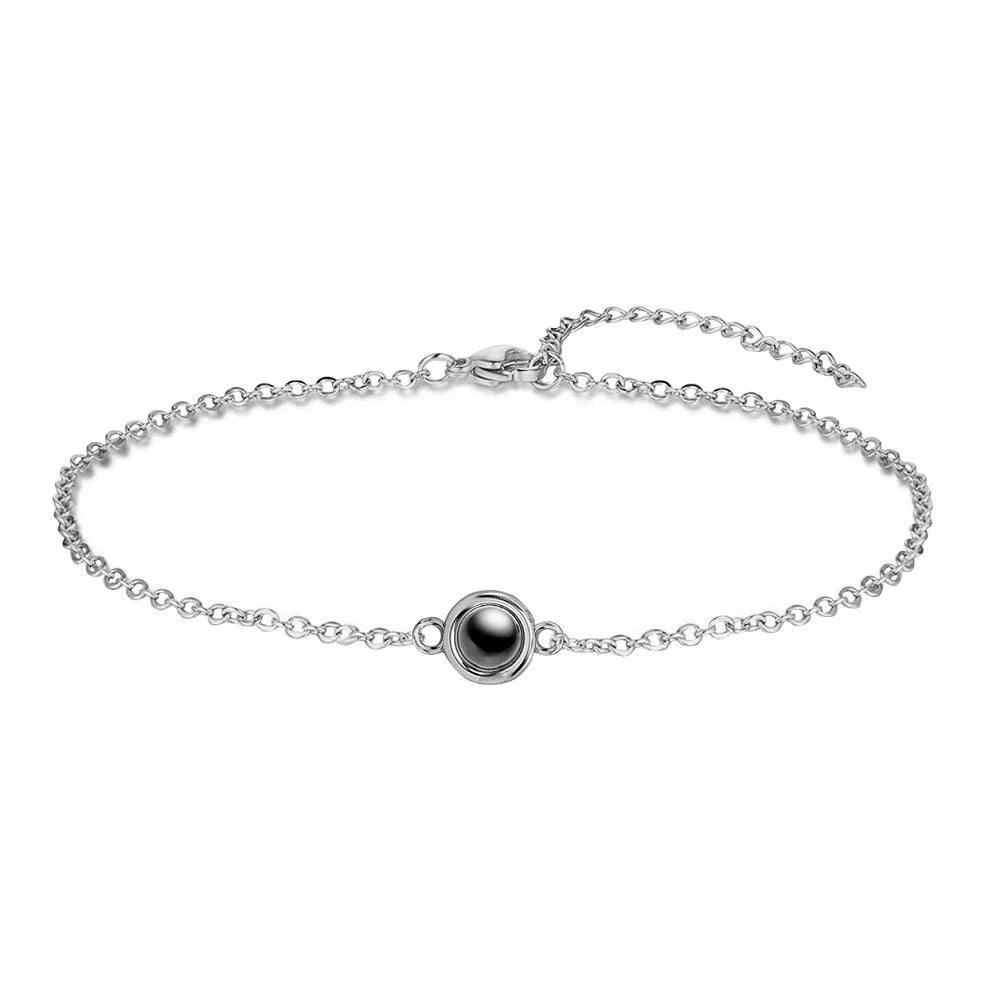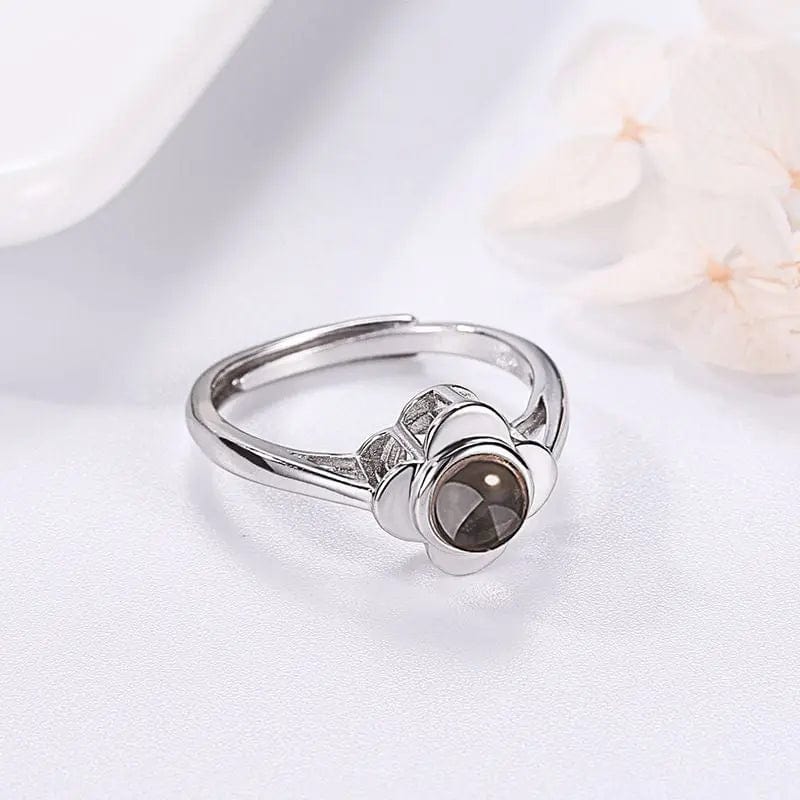The birth of tweed emanates from the rustic Scottish island of Harris and Lewis where, for centuries, this practical and durable fabric has been woven by the Islanders. Initially, this woolen fabric served the basic need of providing warmth against the harsh, cold sea climate. However, it has evolved and found prominence in the heart of modern fashion, seamlessly blending style and sophistication.
The Origin of Tweed - A Tale of Serendipity
The common folklore tale accounting for the birth of tweed suggests that it was a result of an honest mistake. A London merchant, in the 19th century, misread the handwritten label "Tweel", the elements of Scottish Gaelic language denoting twill. The word resembled "Tweed", the name of a major river in Scotland, and the merchant associated it with the Scottish geography, branding the fabric as Tweed. This was the beginning of the global journey of the now unmistakably recognizable fabric.
The Process of Tweed Making
Handwoven with 100% pure virgin wool, the process of tweed weaving is a labor-intensive task requiring appreciable skills and patience. The virgin wool is dyed in base colors and then mixed to bring forth the desired hue. The wool is then carded, spun into yarn and woven into fabric using a loom.
The tweed cloth is characteristic of its complex twill weave giving it the distinctive rough texture. It comes in two varieties - Harris Tweed and Donegal Tweed, differentiated by their specific colours and patterns.
Tweed in fashion
The old workhorse fabric entered high fashion when it was noticed by Lady Dunmore, the widow of the governor of the Isle of Harris, in the 1840s. She ordered the local weavers to replicate the Murray clan tartan in tweed. Post this royal endorsement, tweed became associated with aristocracy and robust outdoor country activities - hunting, shooting and fishing.
Tweed and Jewelry - An Unexpected Blend
Beyond its use as a clothing material, designers have found a quirky yet elegant means of combining tweed with jewelry, particularly in the high-end fashion circuit. Tweed's versatility shines through this integration where fashion houses are incorporating tweed into their designs coupled with jewels.
Chanel and Tweed
Chanel, the French luxury brand, synonymous with chic fashion, orchestrated this mix of tweed and jewelry. Coco Chanel, the founder of the brand, was inspired by her lover's tweed jackets and she radically introduced tweed into women's fashion in the 1920s. Today, Chanel’s love for tweed is displayed extravagantly in their exquisite jewelry collections that fuse pearls, diamonds, and precious stones with fabric.
Crafting Tweed Jewelry
To craft these jeweled masterpieces, jewelry designers wrap, weave, or embroider tweed fabric around precious stones, beads, or metal settings. At times, the tweed is used sparingly to add textural contrast and warm tones against the cool sparkle of jewels. This produces a thrilling tactile and visual experience, bridging the gap between traditional and contemporary style.
In conclusion, the journey of tweed, from the hills of Scotland to the high-end fashion world, narrates a story of style, resilience, and constant reinvention. The fusion of tweed and jewelry embodies the perfect blend of rustic texture with the gleam of jewels. As trends continue to come and go, tweed’s powerful presence is a testament to its timeless, universal appeal.



